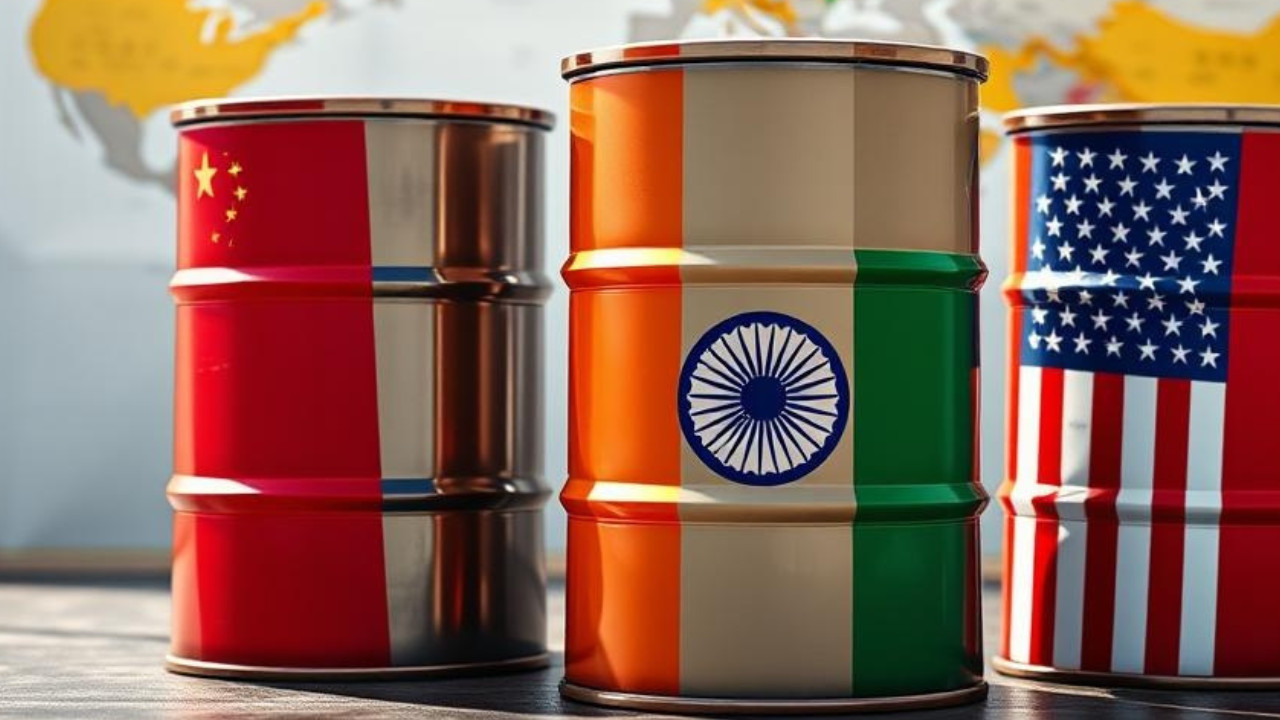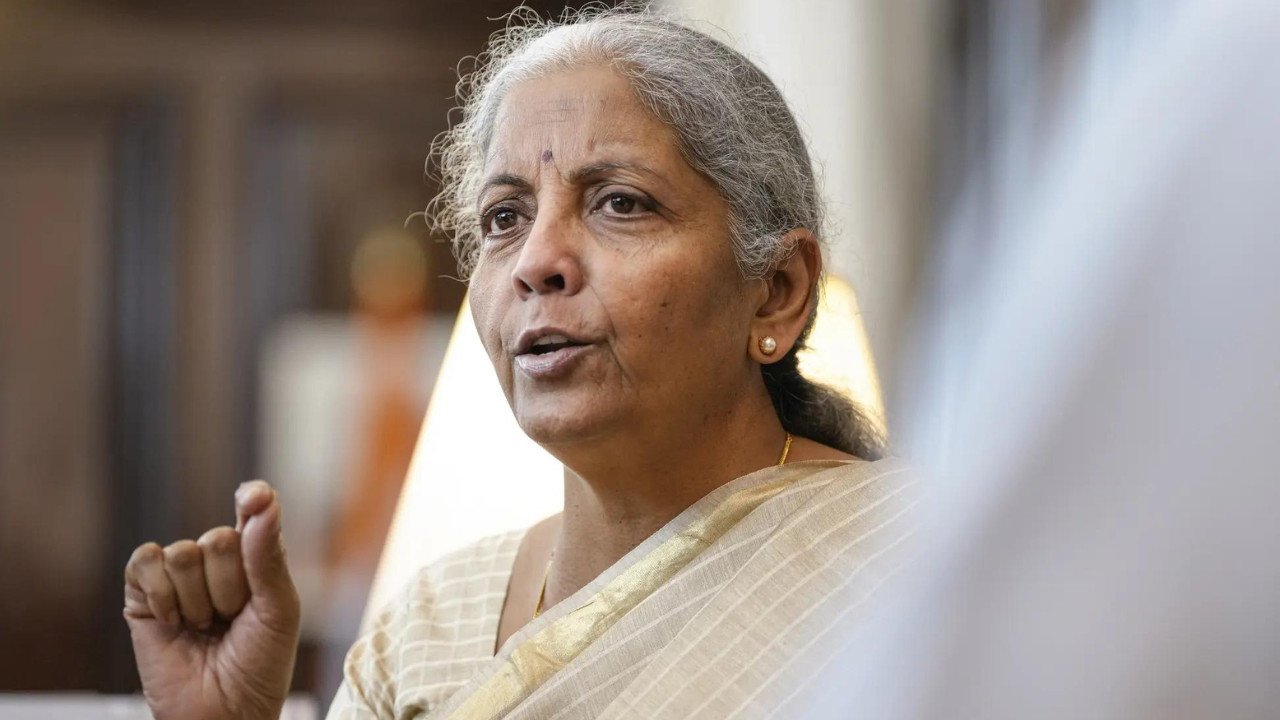Amidst escalating trade tensions, a GTRI report challenges Donald Trump’s criticism of India’s Russian oil imports, highlighting China’s larger role as the primary purchaser. The report accuses Trump of unfairly targeting India while overlooking China’s $62.6 billion import volume.
The US-India Oil Tango: Trade Winds and Murky Waters
The global trade landscape is rarely straightforward, and the current friction between the US and India over Russian oil imports serves as a prime example. While headlines often paint broad strokes, digging into the details reveals a far more nuanced picture of economic strategy, geopolitical pressures, and the ever-shifting balance of power.
The US has been increasingly vocal about its concerns regarding India’s continued purchase of discounted Russian crude oil. This pressure comes as the US and its allies work to isolate Russia economically following the invasion of Ukraine. But is India truly an outlier, and is the criticism entirely justified?
India’s Energy Needs Meet Global Realities
India, a nation of 1.4 billion people with a rapidly growing economy, has a significant and ever-increasing need for energy. Meeting this demand requires strategic resource management, and the availability of discounted Russian oil has undoubtedly played a role in mitigating the impact of rising global energy prices on the Indian economy.
The real twist in the tale lies in comparing India’s actions with those of other nations, most notably China. Despite also increasing its imports of Russian oil, China has seemingly escaped the same level of scrutiny from the US. This disparity raises questions about the underlying motivations and the potential for double standards in international trade relations.
<img src="image-url.jpg" alt="Supply chains illustrate the intricate dance between India, the US, and Russia regarding oil imports.” width=”600″ height=”400″>
The Shifting Sands of Global Trade
The reality is that the global trade ecosystem is a complex web of interconnected interests. While the US aims to curtail Russia’s financial gains from oil exports, completely shutting off the supply is a near impossibility without crippling the global economy. Nations are forced to navigate this precarious situation, balancing political allegiances with economic necessities.
Why the different treatment for China and India? It could be argued that China’s overall economic power and strategic importance influence the US approach. However, that explanation doesn’t entirely address the core issue: both countries are, to varying degrees, supporting the Russian economy through oil purchases.
Perhaps the US strategy involves applying pressure selectively, hoping to influence behavior without triggering broader economic instability. Another possibility is that the US is using India’s reliance on Russian oil as leverage in other areas of diplomatic negotiation.
Decoding Trade Deficits and Tariff Tensions
This situation unfolds against a backdrop of existing trade tensions between the US and India, including ongoing disagreements about tariffs and market access. The US has previously expressed concerns about its trade deficit with India and has implemented tariffs on certain Indian goods in an attempt to level the playing field.
The current disagreement over Russian oil adds another layer of complexity to this already intricate relationship. Could the US be using this issue to pressure India on broader trade matters? It’s a question worth considering. This situation might offer opportunities to redefine trade partnerships. Learn more about [recent developments in India-US trade relations](internal-link).
Navigating a New World Order
India’s stance on Russian oil reflects a broader trend of nations seeking to assert their own strategic interests in a multipolar world. While the US remains a dominant economic power, the rise of China and the increasing assertiveness of other nations like India are reshaping the global order.
The challenge for the US lies in adapting its approach to this new reality. Coercion and unilateral pressure may prove less effective in a world where nations have more options and are increasingly willing to pursue independent paths. Instead, fostering cooperation, understanding diverse perspectives, and finding common ground may be crucial for navigating these complex geopolitical waters.
The US-India oil tango highlights the intricate interplay of economics, geopolitics, and national interest that defines the current global landscape. Understanding these complexities is crucial for businesses and policymakers alike as they navigate an ever-changing world. The future of this relationship depends on open communication, mutual respect, and a willingness to find common ground amidst differing perspectives. Only time will tell how this delicate dance unfolds, but its implications are sure to be felt far beyond the oil markets.







